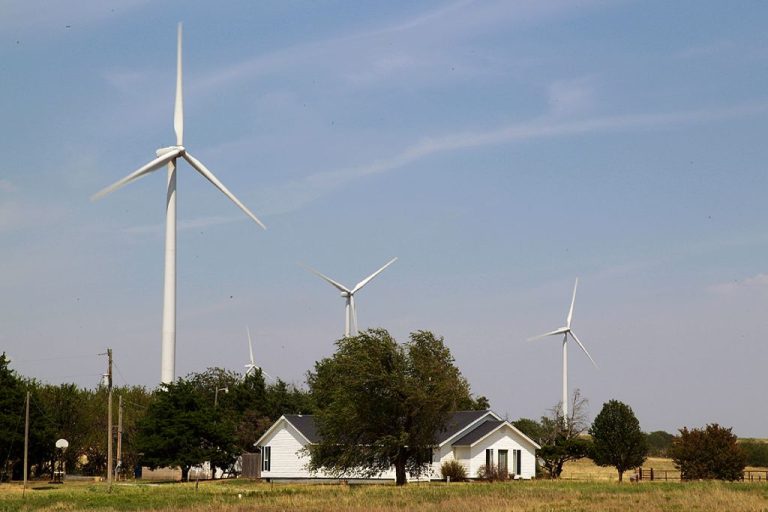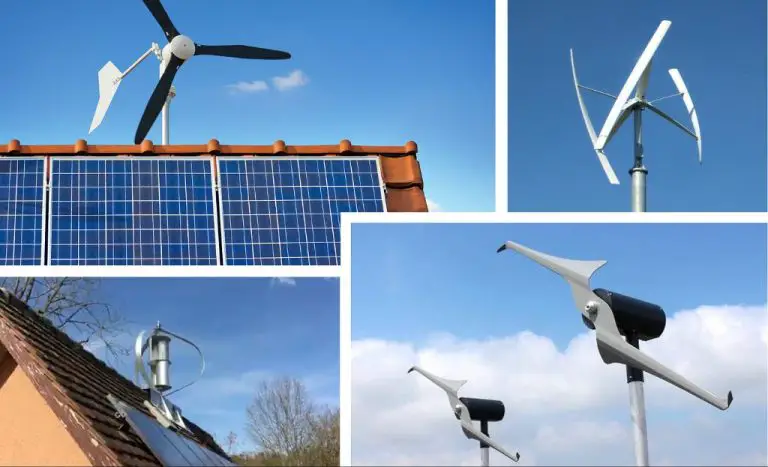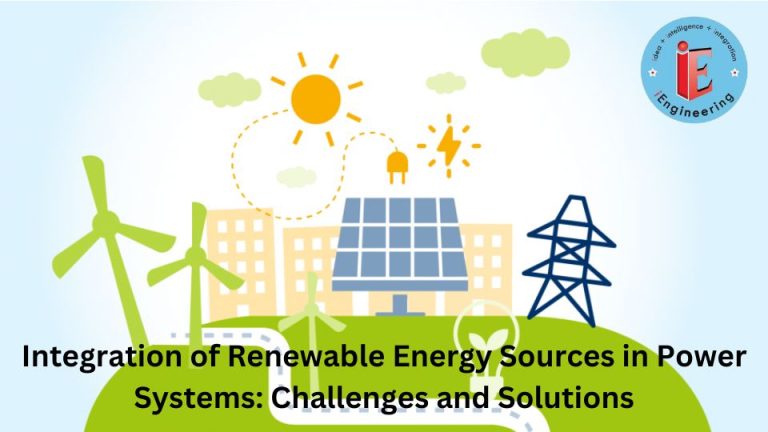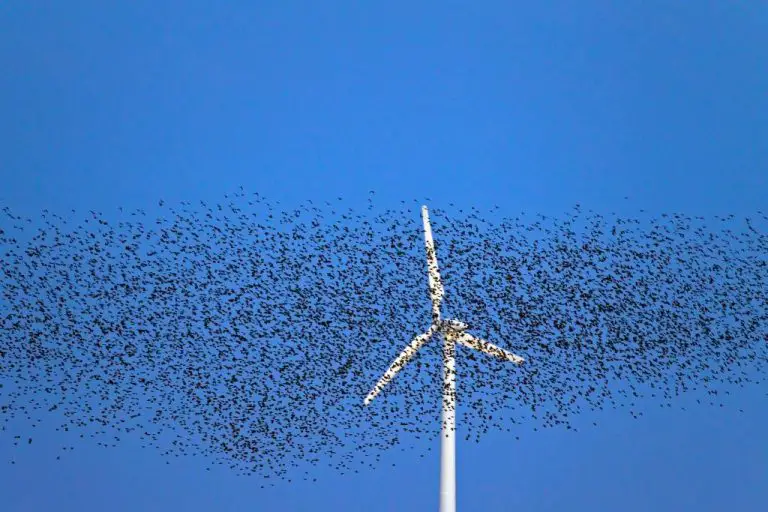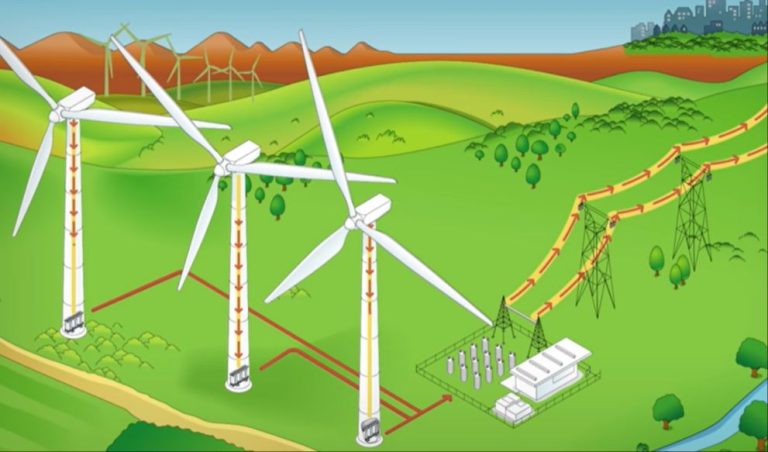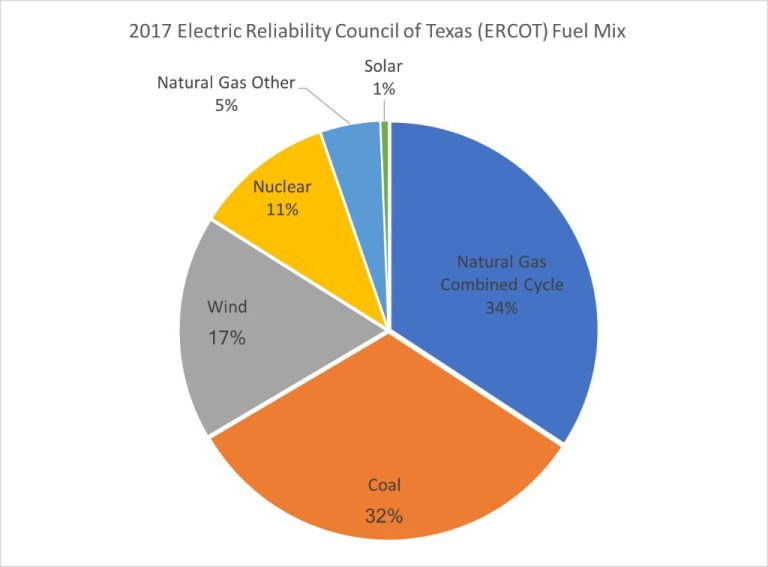What Is Wind Made Up Of?
Wind is the movement of air from an area of high pressure to an area of low pressure. Wind occurs because the sun heats up the surface of the Earth unevenly, causing air pressure and temperature differences across various regions. The combination of these pressure and temperature differences causes air to flow from high to low pressure areas, creating wind.
Wind is essentially the large-scale movement of air. But what exactly is air made up of? Air consists mainly of nitrogen, oxygen, and other gases, but also contains suspended particles like dust, pollen, smoke, and water vapor. The varying composition and motion of these air molecules and particles are what give wind its force and directional flow. Understanding the makeup of air helps explain the meteorological forces that cause wind patterns across the Earth’s surface.
Air Molecules
Wind is made up of air molecules. The two main molecules that make up the air we breathe are oxygen gas (O2) and nitrogen gas (N2). Oxygen accounts for about 21% of the air while nitrogen makes up around 78%. There are also trace amounts of other gases like argon, carbon dioxide and noble gases. However, the bulk of wind is made up of diatomic oxygen and nitrogen molecules.
These air molecules are invisible to our eyes but they are constantly moving around us. Wind occurs when areas of high air pressure push air molecules into areas of low air pressure. The greater the difference in pressure, the faster the air flows. The moving air molecules that we can feel on our skin are what we call wind. Without the presence of air molecules like O2 and N2, there would be no wind on Earth.
Water Vapor
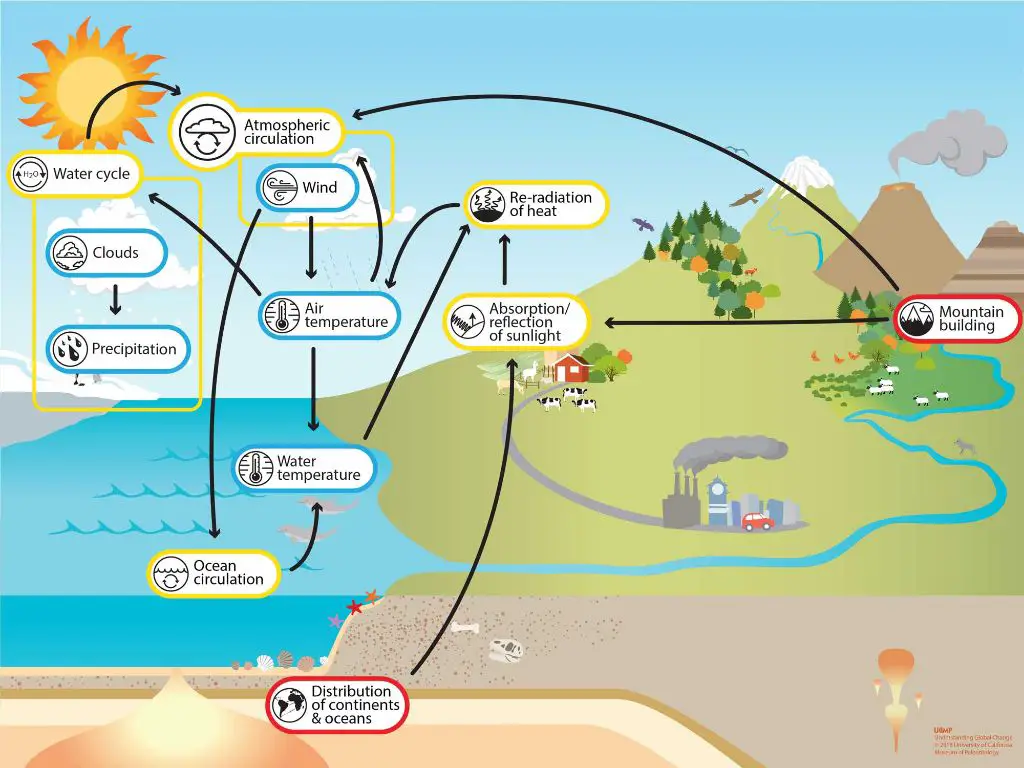
Water vapor is a major component of wind. As air moves across bodies of water, it picks up and absorbs moisture from evaporation. The maximum amount of water vapor that air can contain depends on temperature – warm air can hold more moisture than cooler air. At some point, the air will become saturated, holding the maximum amount of water vapor for that temperature. The relative humidity indicates how close the air is to saturation at a given temperature. Warm, humid air rising from large bodies of water like oceans and lakes often brings high relative humidity, and contains significant water vapor content. Clouds, rain and other forms of precipitation will form when the air cools and can no longer support as much moisture. By understanding the water vapor content of different air masses, meteorologists can better predict weather patterns and the likelihood of rainfall. The movement of humid air from over oceans onto land is a major driver of the earth’s weather and climate systems.
Dust and Pollen
As wind blows across the ground, it picks up and carries tiny particles like dust, pollen, and smoke. Dust consists of fine mineral particles from soil, sand, volcanic ash and other natural sources. Pollen comes from various flowering plants and trees. Both dust and pollen get swept up by moving air and become part of the wind. On windy days, higher levels of dust and pollen get stirred up and transported further distances by gusts of wind. This explains why people with allergies often have worse symptoms on very windy days. The wind acts as a carrier to spread pollen and irritants through the air.
Temperature
Temperature affects wind in several key ways. Cooler air tends to sink and move towards warmer areas, while warmer air tends to rise and move towards cooler areas. This creates convection currents that contribute to wind formation.
Temperature differences between areas also lead to air pressure differences that drive winds. Land areas heat up and cool down faster than the oceans, leading to onshore and offshore breezes near coastlines as air moves from high to low pressure. At a global scale, temperature gradients from the equator to the poles drive prevailing wind patterns.
On a more local level, urban areas which retain more heat than rural areas will draw in cooler air from surrounding regions. Mountains can force air upwards where it cools and sinks in other areas, creating winds. And large fires can heat the surrounding air and generate pyrocumulus updrafts and high winds.
In summary, temperature variations generate pressure differences that create movements of air – wind. Understanding local and regional temperature patterns is key to predicting wind behavior.
Air Pressure
Air pressure, also known as atmospheric pressure, refers to the force exerted by the weight of air in the atmosphere. This pressure is caused by the weight of the column of air above a given point. At sea level, the average air pressure is around 14.7 pounds per square inch (1 bar).
Air pressure varies from place to place and over time. Areas of high pressure have heavier air pressing down, while areas of low pressure have lighter air. Air flows from areas of high pressure to low pressure, creating wind. The greater the difference in pressure between two locations, the faster the wind flows.
For example, when a warm air mass and a cold air mass meet, the warm air rises over the denser cold air. This creates a low pressure area, while surrounding areas have higher pressure. The air flows into the low pressure zone, resulting in wind. Other factors like Earth’s rotation also impact wind direction and speed. But differences in air pressure are the driving force that gets air moving to create wind.
Prevailing Winds
Prevailing winds are large-scale wind patterns that transport air thousands of miles across entire continents. They are created by large pressure systems and the rotation of the Earth. Here are some of the major prevailing winds around the globe:
Trade winds – These winds blow from the northeast in the Northern Hemisphere and the southeast in the Southern Hemisphere towards the equator. They are found between 30 degrees north and south latitudes. Trade winds help propel sailing ships across oceans and affect tropical rainforests and coastal regions.
Westerlies – These are winds that blow from west to east between 30 and 60 degrees in both hemispheres. They are created by large air masses moving from high to low pressure over continents as part of the global atmospheric circulation system.
Polar easterlies – These winds blow from east to west at the North and South poles. They are cold, dry winds that develop from air masses that have cooled over the poles and flow towards warmer latitudes.
Local Winds
Local winds are caused by local differences in temperature and pressure. As the land heats up and cools down at a faster rate than large bodies of water, air circulation patterns develop between land and sea areas. This leads to local wind patterns.
During the day, the land heats up faster than the water. The warm air over the land expands and rises, causing the pressure to be lower over land than over the water. Cooler, higher pressure air from over the water will flow in to replace the rising warm air over the land. This causes a sea breeze, blowing from the water onto the land.
At night, the opposite effect happens. As the land cools down faster than the water, the air over the land becomes denser and higher pressure. The higher pressure air flows towards the lower pressure over the warmer water, creating a land breeze blowing from the land out to sea.
These daily oscillations in wind flow due to temperature differences between land and sea are examples of local wind patterns shaped by geography. Other localized winds include valley breezes, mountain breezes, and urban heat island breezes.
Solar Energy
The sun’s radiation is the ultimate source of wind energy on Earth. As the sun heats different areas of the planet’s surface, it causes temperature variations that lead to differences in air pressure. Air flows from high to low pressure areas, creating wind. The sun’s unequal heating also causes global circulation patterns like trade winds, prevailing westerlies, polar easterlies, etc. On a more local level, the sun’s daily heating and cooling cycles create land and sea breezes. Sunlight provides the energy that drives the planet’s weather and climate systems, which generate all wind on Earth. Without the sun, our atmosphere would be still.
The sun warms the planet’s surface unevenly due to factors like the curvature of the Earth, its rotation, and differences in surface features like oceans and vegetation. This uneven heating creates convection currents in the atmosphere as warm air rises, cools, and sinks again. These convection currents manifest as winds. Essentially, the atmosphere acts like a fluid seeking equilibrium, with winds arising as air moves around to balance temperatures and pressures. The sun powers these never-ending currents through its continuous input of solar energy.
On a smaller scale, the sun’s daily cycle of rising and setting creates temperature gradients that spawn local winds. For example, land breezes at night and sea breezes during the day. As areas absorb and release heat at different rates, they drive convection patterns resulting in winds. So whether on a global scale of circulating air masses or a local scale of land/sea breezes, the sun’s radiation provides the initial source of kinetic energy. Solar energy transmitted by the sun and converted to heat and motion gives rise to all wind.
Conclusion
In summary, wind consists of several main elements. The primary component is air molecules made up of nitrogen, oxygen, argon, and trace gases. Water vapor is also a major part of wind, contributing moisture and humidity. Furthermore, dust, pollen, and other particulate matter get swept up into airflow and become part of wind. The temperature of the air is another key factor, as uneven heating creates air pressure differences that lead to wind. Local and prevailing winds are caused by global circulation patterns driven by the sun’s energy. Ultimately, wind is a complex phenomenon produced by the movement of air molecules and influenced by moisture, particles, temperature differences, and air pressure changes across the planet. By understanding the origins and composition of wind, we gain deeper insight into this invisible but impactful force of nature.

